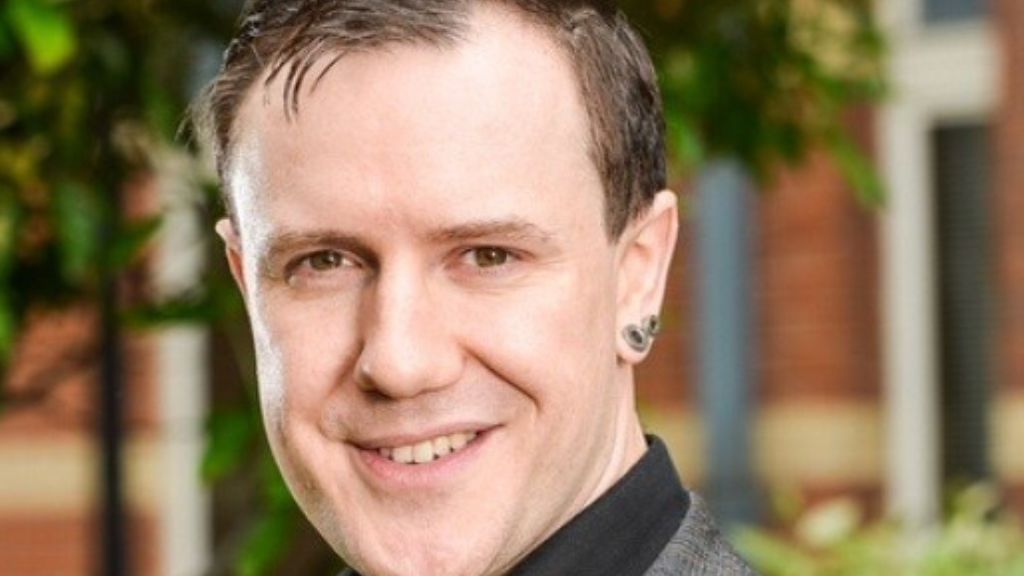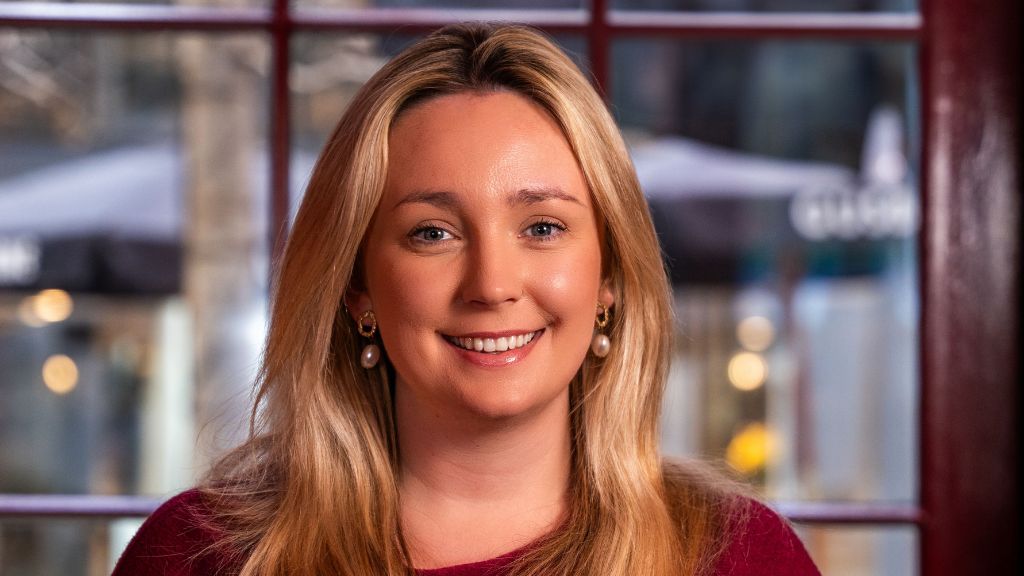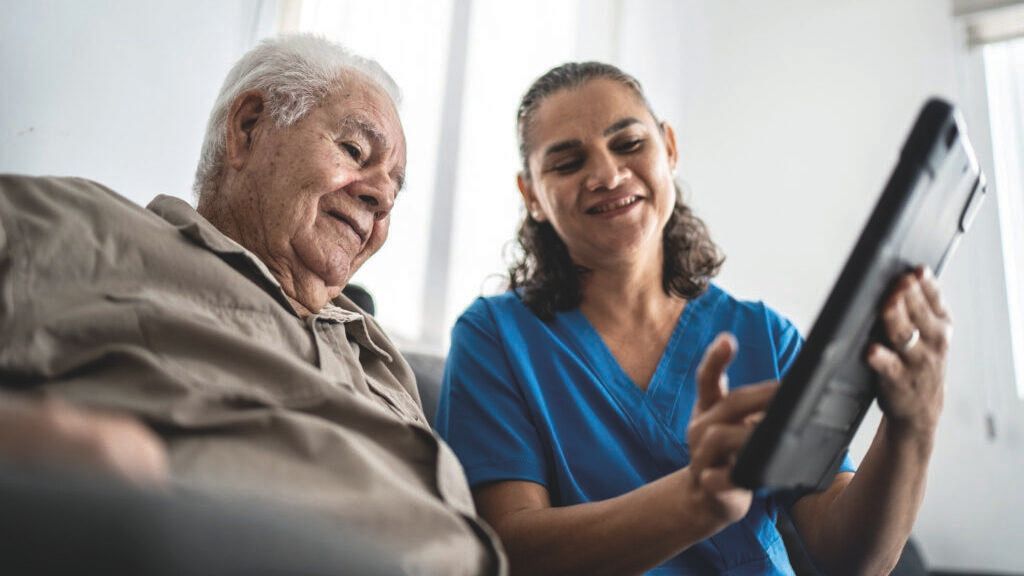Access Health Support & Care: “Care operators will have to be very light on their feet to sort this out”
It’s no secret that when it comes to the workforce, the care sector is not short of challenges. Issues with recruitment, retention and training continue to generate headlines, with Community Care recently announcing that the vacancy rate for adult social care positions has hit 10%.

Access Health Support & Care: “Care operators will have to be very light on their feet to sort this out”
It’s no secret that when it comes to the workforce, the care sector is not short of challenges. Issues with recruitment, retention and training continue to generate headlines, with Community Care recently announcing that the vacancy rate for adult social care positions has hit 10%.
This is something that troubles Rob Cousins, care home owner and head of learning at Access Health and Social Care. Caring Times editor Anna Dobbie spoke to Cousins about why he believes that the workforce challenges currently affecting the care sector are worse than they’ve ever been. Access is used by 353,000 care workers, or 24% of the country’s care workforce, and Cousins has also stated on record that he suspects the reported vacancy rates are sadly an underestimate, with the number of unfilled roles more likely to sit at 20-30% in England.
AD: So, you have been in the caring sector for over 20 years?
RC: Yes, as a care home owner. I’ve never been a manager. Being a manager requires utter commitment and extraordinary patience. They are great all-rounders – they are just extraordinary people; managing bed occupancy, keeping on top of training and recruitment, liaison with external stakeholders such as the local authority and CQC etc.
AD: Do you think part of the problem in attracting carers is the lack of career progression available?
RC: Honestly, I don’t believe so. From my experience, there are a variety of reasons for becoming a carer. For example, members of a person’s family have worked in care and they want to go into the same or similar profession, and/or they want to be on the front line, so to speak, helping and caring for individuals. I was blown away by the profession during Covid-19 – staff across the country continued to get up and go to work, to do the job they needed to do – ensuring their residents were cared for throughout. They’re absolute stars.
AD: Looking at vacancies, do you still think that the quoted numbers are an underestimate and that the correct statistic is more like 20-30%?
RC: Yes, I do. Just as an example, I’m aware of five or six care homes that simply don’t have enough staff. One used to have about 35 nurses and carers and they’ve got nothing like that now. Unfortunately, it means that the home is running at two-thirds capacity, because whilst the demand is there, they physically cannot get enough carers.
AD: You say that turnover rates increased by 5% in the past year?
RC: Absolutely. The pandemic has reduced numbers, so those who have stayed on are exhausted – they’ve been working all hours, for as long as anyone can remember. And as we come out of the worst of Covid-19, I think some are thinking “Was care right for me?
To me, you’re always going to get churn, because that’s the nature of the beast. However, it’s the way that the sector responds that’s important. For example, it’s still vital to do the necessary checks and reviews with a candidate, even though the pressure is on to recruit because of the high level of churn. Otherwise, it’s a false economy, because you can end up recruiting and training someone that leaves within a month and you’re back to square one. I always say to all my clients or people I’ve met who have been in trouble, read Neil Eastwood’s book Saving Social Care – even if you only read the first 10 pages, 10% of your churn will dissipate naturally.
AD: So, the industry is trying to draw more people in when what they should be doing is focusing on the right people?
RC: Absolutely. We worked out that the cost of bringing in new carers is simply too high. Now, you’re always going to make mistakes, but reducing churn is one of the bits I think we should really focus on getting right as an industry. With a good learning management system, for instance, you can put new carers in a care environment before they even begin
Rob Cousins
their role, so they know what to expect. In the past, you’d come in, fill out your recruitment form and have to wait until your start date to really understand your role – now, you get some e-learning to give you an idea of what the role is all about before you start.
AD: People often focus on the carers, but of course there are a lot of other roles in a care home.
RC: Yes, particularly at some of the larger homes. You’ve always had the caretakers, the chefs and so on. But now that list, in a big home, is probably 20% non-care staff. There are so many more career options and I think nurturing these options is something that our sector could do a lot better. We potentially train a lot of chefs of the future in care home kitchens. Working in our sector is a great way to develop your basic chef skills, enabling you to move on and work elsewhere.
AD: Although, that doesn’t help with the churn, does it?
RC: The greatest contributor to high churn rates is from staff who leave within their first three months. If you can keep your carers engaged past that point, there’s a strong chance they will stay caring. To offset this, I would recommend, as a care home owner, being as involved in the recruitment process as you can. I made sure that I was there pretty much from day one, to explain our values to new staff. Then I made sure to have regular touch points with staff, especially one-to-three months into their roles to check how they are embedding into the wider team. It’s so important to invest in spending time with your staff – at the end of the day, they are the ones taking care of your residents and ensuring the smooth running of your business.
By engaging with staff, you are also able to reveals the many strengths and skills that your caring workforce have. We have a tendency to view care work in quite a one-dimensional way, but really, there are a plethora of skills that can be brought to the table and used to make the experience of caring, and being cared for, far more enjoyable. It might be arts and crafts, or singing, or DIY. The more we encourage a culture that enables staff to bring their whole selves to work, the better the experience of care work can be.
AD: Do you think there needs to be extra people already in the industry so they have time to be able to do extra training modules?
RC: The chances of the sector having enough capacity to complete extra training is highly unlikely. Fundamentally, training is one of many competing priorities and there simply isn’t the bandwidth for it. We’ve got this £500 million coming in from the government to support care recruitment, and while it’s a nice big headline figure, when you split that amongst everybody, it’s not nearly enough to reform the sector in the ways it needs. Instead, we need to use that funding in the smartest ways possible
AD: What about technology?
RC: There has been some really good progress. I remember first talking about electronic care planning in 2008, and I was sceptical as to whether it would ever be delivered, but thankfully it has been. Moving forwards, I hope to see the use of technology broaden even further, although I’m not sure it is the complete answer to learning. I think we should be clearer on what learning is required: while e-learning has its benefits, nothing is as good as having a face-to-face trainer, who sits there passionately, wants to live the subject, and listens to you.
One of the great things about the care certificate is that you can do a bit of e-learning, a bit of face-to-face training and a bit of assessment work. We need to strike a balance. Access can help providers achieve this with a product called Gamebrain, which allows you to set up your own moving and handling quiz on a phone. Staff can complete the quiz in a month, and across the board it has been received well.
Why? Because it breaks the monotony of weary videos and e-learning courses that often take a long time to complete. Instead, they can take a five-minute quiz, and learn at their own pace. I don’t think technology is the sole answer to improving learning, but by diversifying the way we educate staff, I think it can really help.
AD: Do you think virtual reality will be important to the future of training?
RC: Do you know what was the best training I’ve ever had in our industry? When they used to teach dementia or visual impairment training, they put glasses on you and smeared them with Vaseline so you couldn’t see anything. That’s what an average visual impairment feels like, and so instantly you could recognise and appreciate the issue. My point is that we should be educating people about technology and the problems it can solve in the same way, and virtual reality makes doing so much easier. Aside from this, over the years, I’ve noticed that we are using fewer assessments, which is largely a resource issue, but I think we should be using more of them.
AD: What about e-learning?
RC: E-learning should be accessible to everyone. Translation, dyslexia and visual impairment tools should all be readily available, but often they’re not. A lot of people in this country have dyslexia, for example, and it matters to them, so it makes sense to build a solution that caters for their needs. Something as simple as enabling users to read text in different shades of pastel on a black screen can make a massive difference. We were one of the first to do this, and the feedback was – and continues to be – overwhelmingly positive. The other area of technology, which I’m working on at the moment, is the analytics side of technology. You can start to use tech or analytics to identify problems when you’re not aware the problems even existed. Take medication errors in a care home. Wind the clock back five years or so, if you made an error in a care home, you wouldn’t have known about it for a week, two weeks, a month – whenever an audit was done. Now we have proper med systems, flagging this information. This kind of technology reduces the likelihood of the same people making the same mistake, and it allows us to take a step back, identify trends, inform decision-making and deliver targeted training. No technology can replace the human element of care, but by providing a level of assurance and helping to eliminate mistakes, technology is and will always be essential. It’s the future.




